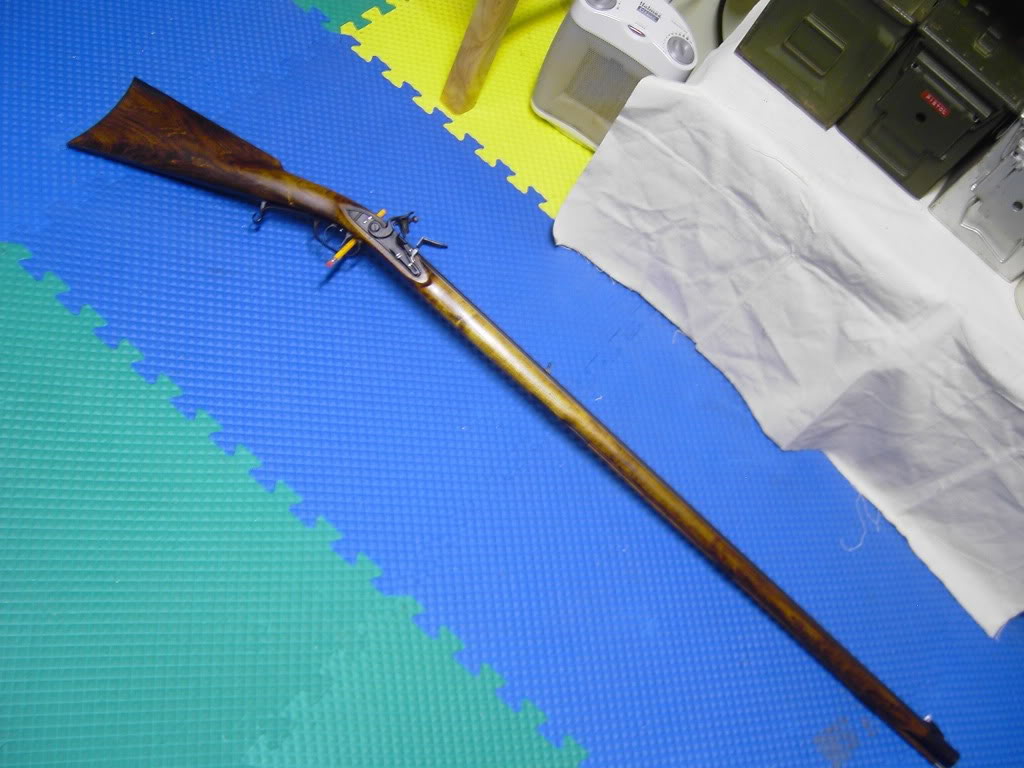Addendum
Dadgummit,
Sartana, now you've gotten me interested in these South Carolina rifles, and I've spent a good part of my free time for the past couple of days looking them up, reading about them, and ogling pictures!
The first thing I would recommend is that you go to the ALR forum and read through this thread:
South Carolina Longrifles ?
The information contained therein provides a good foundational understanding of what's out there. Follow the links, and Google the names and topics that interest you. Regarding books, I think James Whisker wrote one on the topic of gunsmiths of the Carolinas, and I believe Jerry Noble has written several volumes on southern guns. I don't have the specifics on these, however.
The Thomas Peden rifle discussed in my first post interested me very much. I found a photo of another one that is very similar:
View attachment 39870
It is
very similar to the first Peden rifle, except this one has a back-action lock. Despite the 1820 date mentioned in the caption, I believe the back-action lock would suggest this rifle was originally percussion, and may have come from a later period. However, it is
so similar to the other Peden rifle in so many respects that I am beginning to doubt that the other one was ever a flintlock rifle at all, but may have been an original percussion built around a recycled and converted flint lock. Just my opinion, for what it's worth.
You mentioned an interest in carving, inlays, and patchboxes. It is apparent the the South Carolina riflesmiths were quite capable of making very fine and ornate rifles. Here is an example by Patrick Hoy of Spartanburg County, circa 1815:
View attachment 39871
The two-piece buttplate and the the toeplate are made of bone! You can find a more complete description and more photos here:
Patrick Hoy Longrifle
Another Spartanburg area builder was William Reid. There is a great post about him with a series of photographs of one of his rifles in the ALR archives:
William Reid Longrifle
This next one reportedly belonged to Col. John Thomas of the South Carolina Militia in the Revolutionary War:
View attachment 39872
This rifle is said to have been built by James Robertson of Spartanburg County. This rifle was evidently captured by the British, taken to England, and refurbished by an English gunsmith some years later. I believe the rifle is still in a museum in Britain.
The next one was made by Andrew Walton of Charleston, circa 1814-1816. This one looks like a more typical "southern mountain rifle," but Charleston is at sea level!
View attachment 39875
For more information on the Walton rifle, see
Andrew Walton Longrifle
From the limited research I have done so far, it seems there were plenty of gunsmiths plying their trade in the Palmetto State, especially in Charleston and the Spartanburg area. If you want a rifle with a South Carolina pedigree, whether plain or fancy, there are a number of them out there to inspire you.
Best regards,
Notchy Bob




















